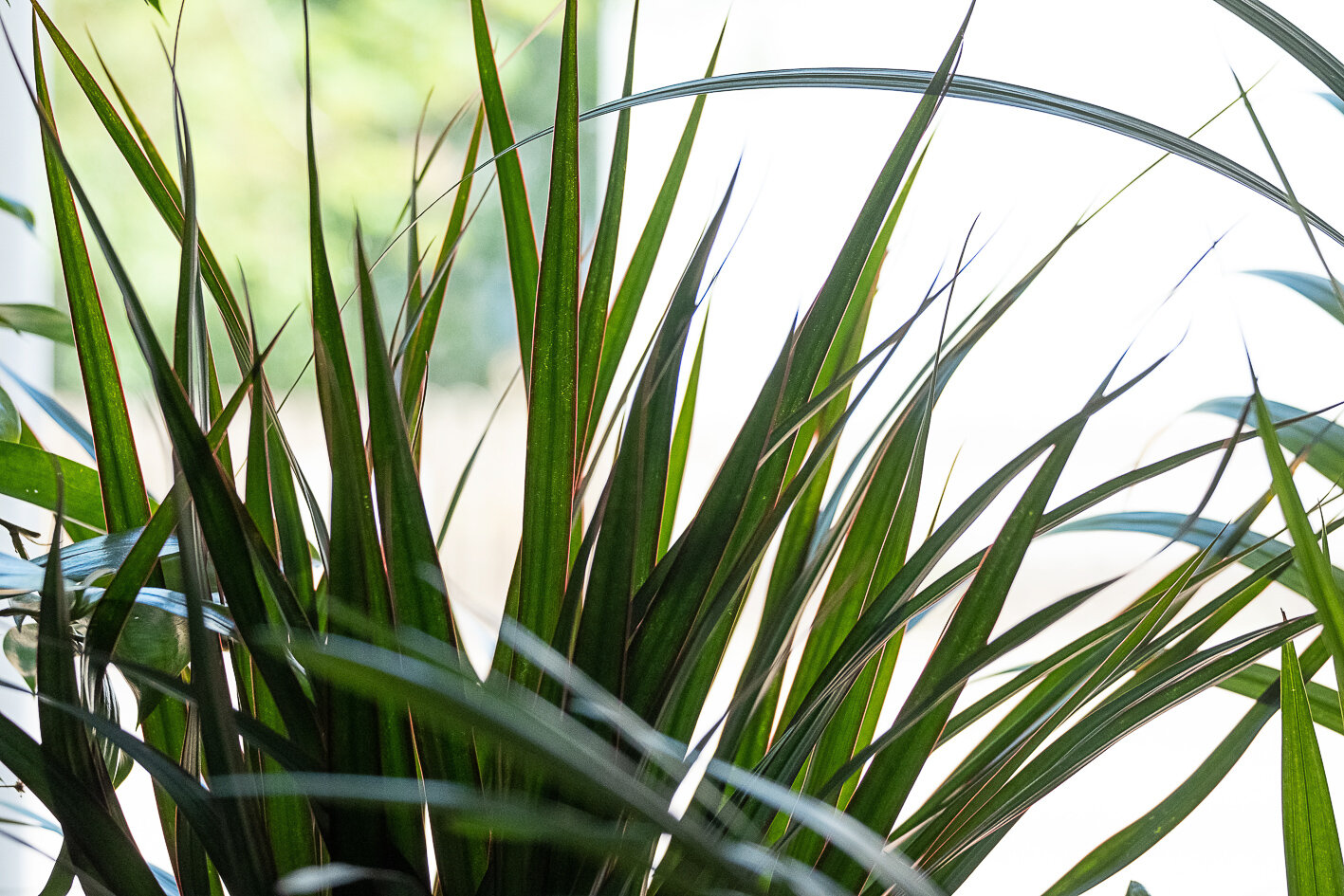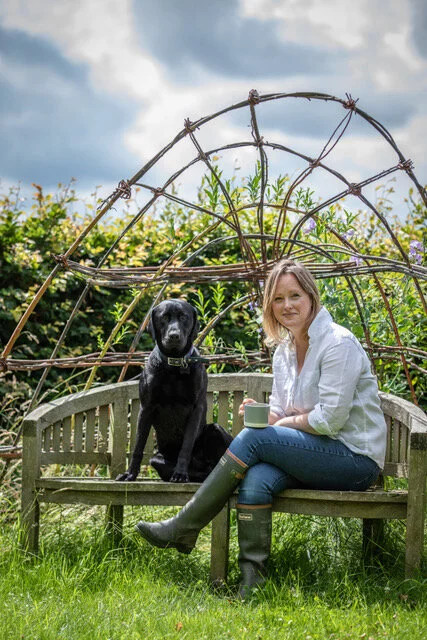In this podcast, Lyn Falk describes herself as a long-term preacher and educator in the sphere of biophilic design. To her, "Everything is energy, even this brick building I'm in is made from molecules and atoms and energy.” Different materials like glass, wood, and brick vibrate differently, affecting our senses and well-being. Her designs always include the immediate benefits of incorporating natural elements like plants, natural light, and fresh air into design and as many other elements the brief allows and she emphasises the importance of natural materials like wood, which have not undergone extensive processing and retain their original energy.
Lyn's design philosophy is rooted in the understanding that we are fundamentally part of nature, not separate from it. "We cannot exist without abiding by the laws of nature," she says. "We've perhaps been forced into built environments that pull that out of the environment, but we're now seeing the results of that." Those results, according to Lyn, are all too apparent in the retail and hospitality sectors, where a focus on maximizing profits has often come at the expense of human needs.
Lyn believes that by reintegrating nature into our built spaces through elements like natural light, plants, and natural materials, we can not only improve the customer experience, but also the wellbeing of employees. "I always say if I had to work in a cubicle, just shoot me," she laughs. “We are living nature, and we've been put in buildings that are static and not necessarily living, breathing buildings.”




















